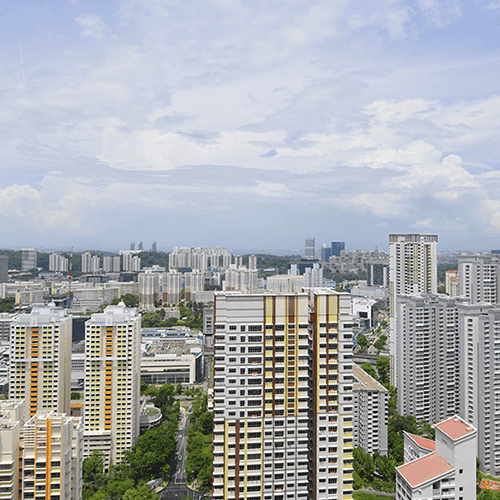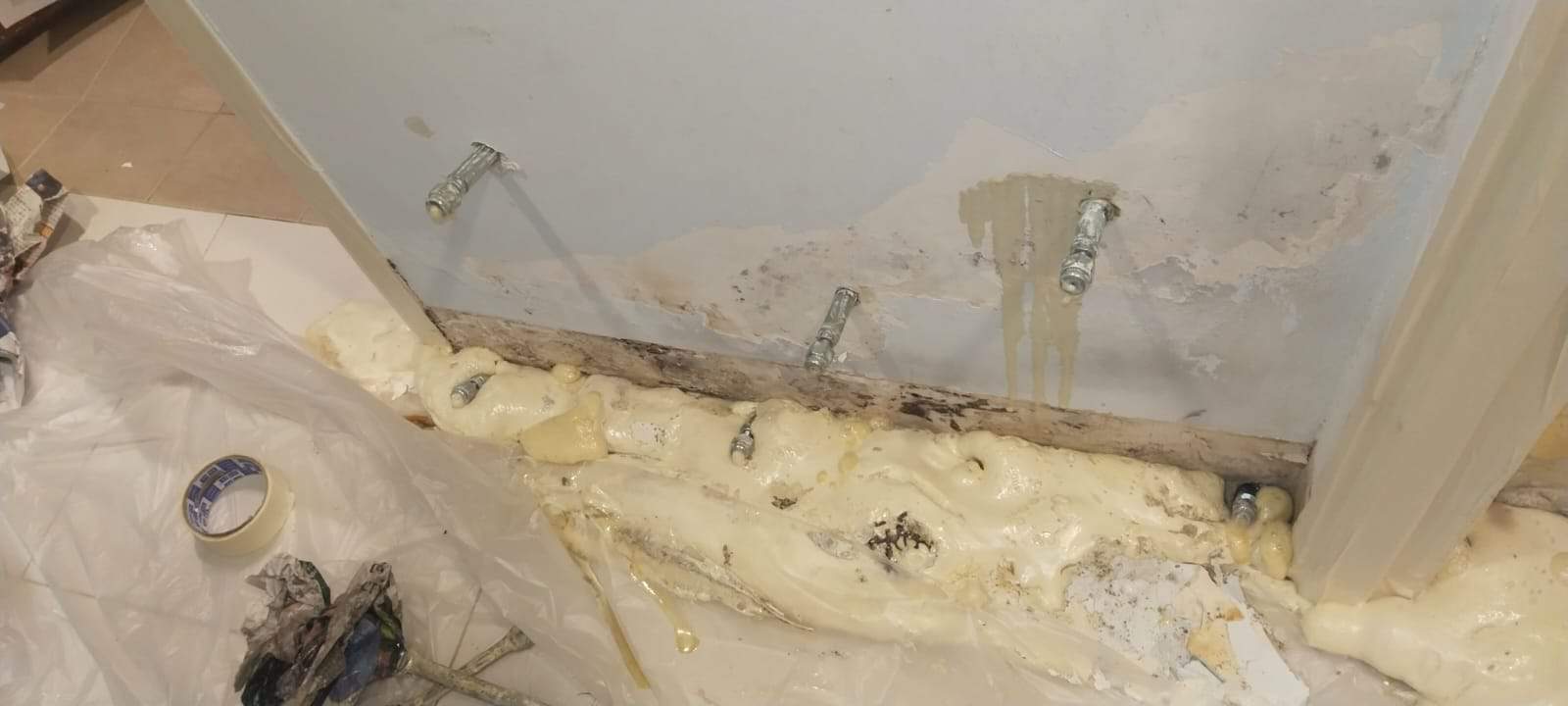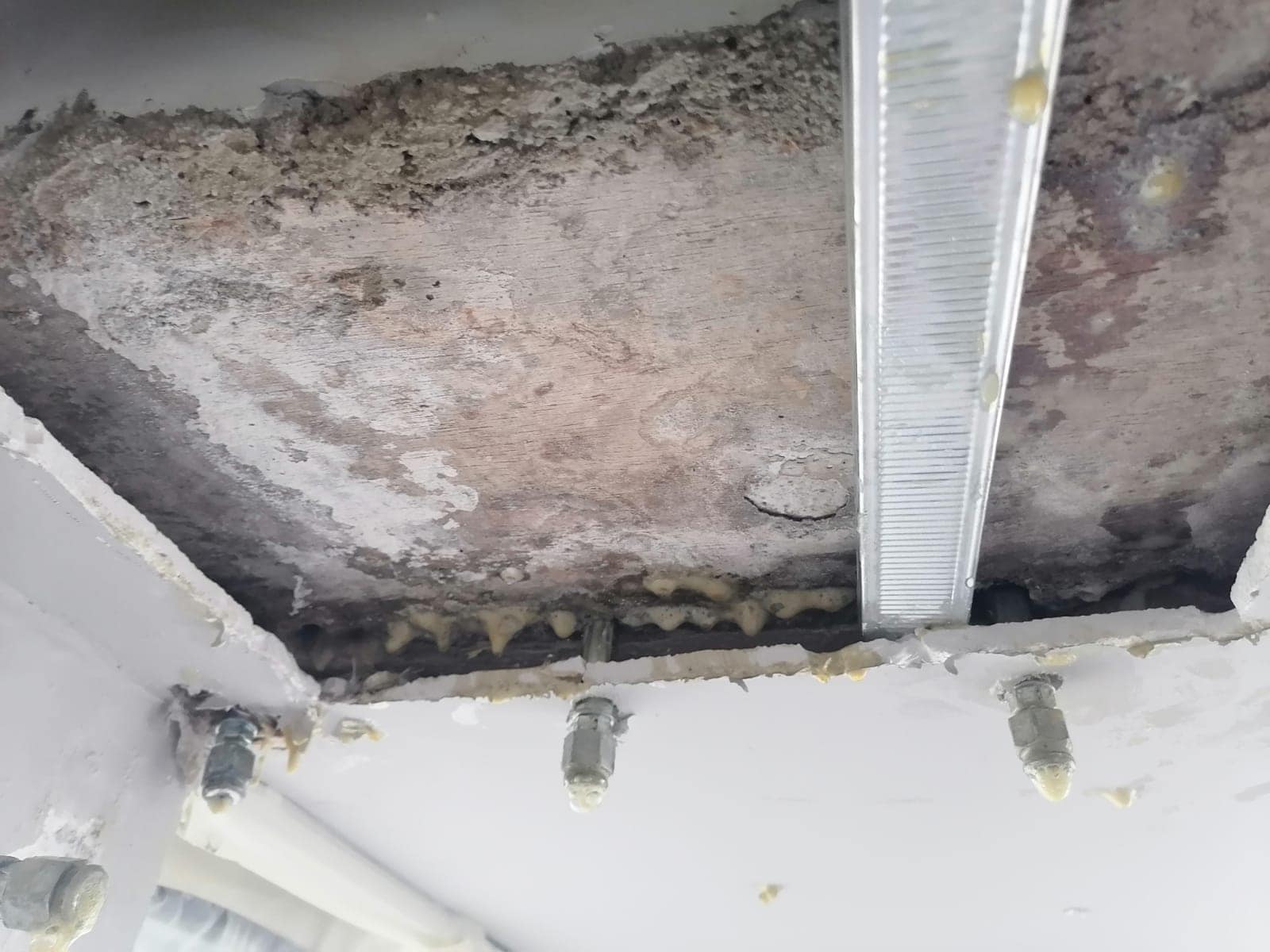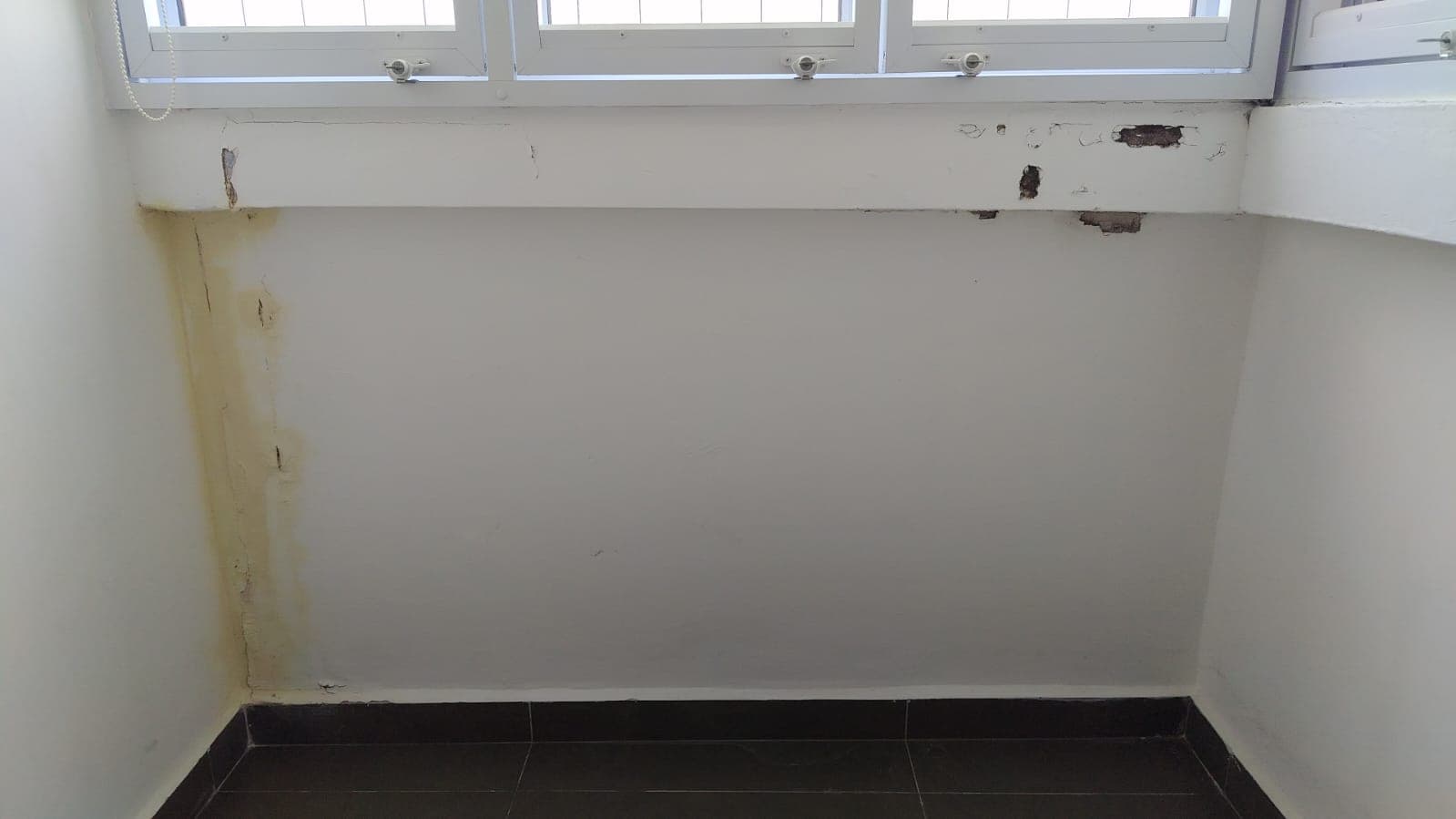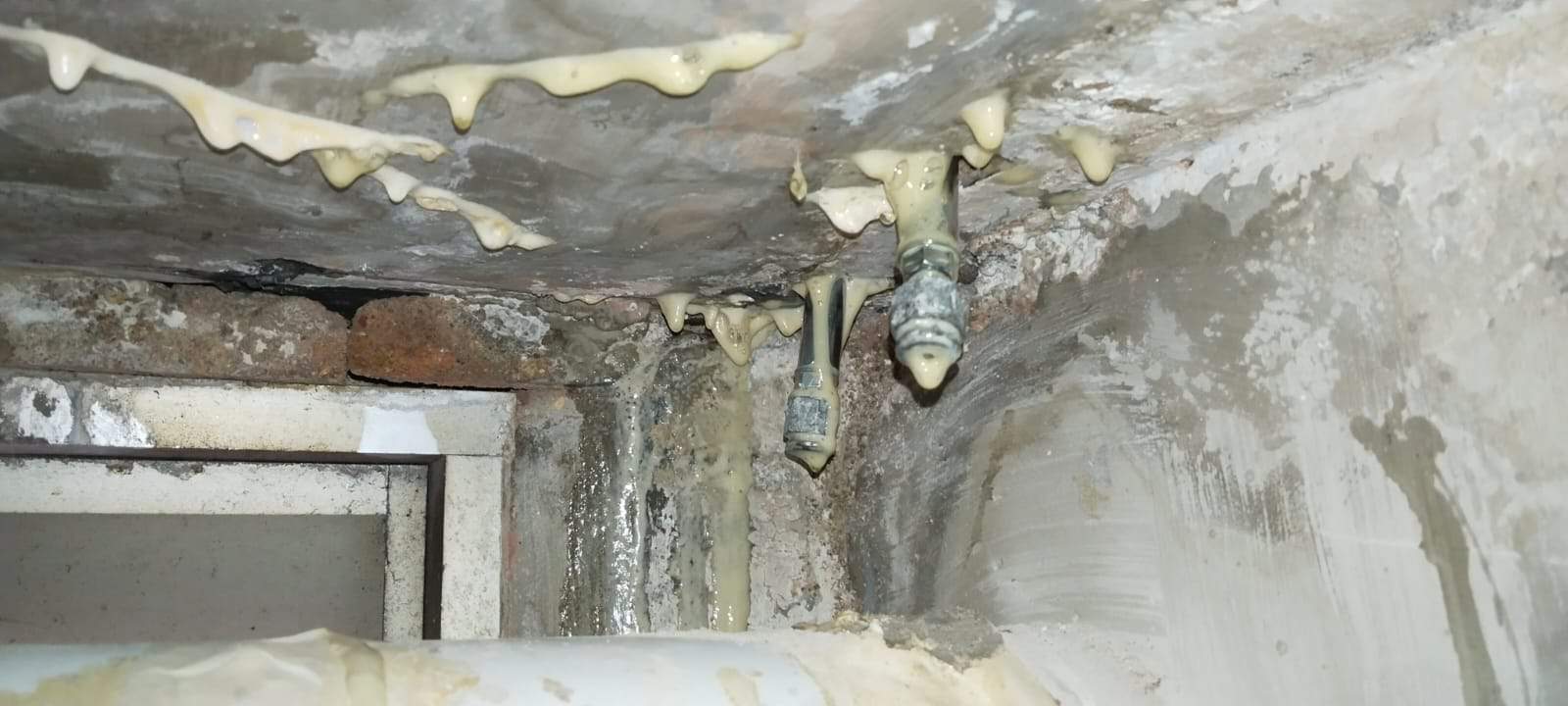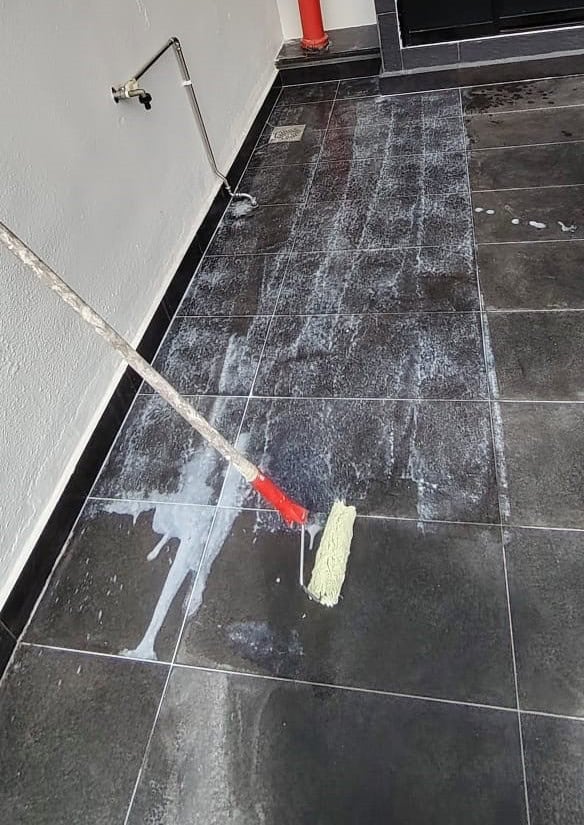Waterproofing is a critical aspect of maintaining the integrity and safety of HDB flats in Singapore. Given the tropical climate and frequent rain, issues like ceiling leaks, wall water seepage, and bathroom leak repairs are common concerns for homeowners. Effective waterproofing solutions can prevent these problems, ensuring a safe and comfortable living environment.
Let’s explore the responsibilities of addressing leaks, the most effective waterproofing methods, and how to choose a reliable waterproofing contractor for your HDB flat.
Who is Responsible for Internal Seepage in the HDB Flat?
Internal seepage, where water penetrates walls or floors within the unit, can be particularly challenging to manage. The responsibility for internal seepage repairs depends on the source of the seepage.
If the seepage is due to issues within the unit, such as leaking pipes or faulty waterproofing, the homeowner is responsible for repairs. This often involves engaging a waterproofing specialist to address the problem effectively, using methods like PU injection grouting or applying a waterproofing membrane coat.
In cases where internal seepage is caused by structural issues or defects in the building’s construction, the responsibility may lie with the HDB or town council. They would then coordinate the necessary waterproofing repairs to resolve the issue.
Who is Responsible for Ceiling Leaks in the HDB Flat?
Ceiling leaks are a common issue in HDB flats and can cause significant damage if not addressed promptly. Responsibility for ceiling leaks in HDB flats generally falls into different categories.
If the leak originates from within your unit, such as from a leaking pipe or appliance, the homeowner is responsible for the repair. This includes engaging a waterproofing specialist to perform ceiling waterproofing repair.
If the leak is coming from the unit above due to a bathroom leak or other issue, the responsibility typically lies with the owner of the upstairs unit. They are required to perform the necessary repairs, such as toilet leakage repair or bathroom leak repair, to stop the leak and mitigate further damage.
Who is Responsible for the External Facade in the HDB Flat?
The external facade of HDB flats includes the walls, windows, and other external features that protect the interior from weather elements.
For leaks that stem from structural issues or common areas, the responsibility may fall to the HDB or the town council. This often includes issues like water seepage through external walls or leaks from the roof. In such cases, HDB or the town council will arrange for the necessary repairs, which might include engaging a licensed waterproofing contractor.
The maintenance of the external facade, including repairing wall water seepage and addressing structural issues, is generally the responsibility of the HDB or town council. They ensure that the buildings are well-maintained and carry out periodic inspections and repairs as needed. This often involves engaging wall waterproofing contractors to handle wall repair solutions and prevent water seepage.
Types of Waterproofing Methods Used in Singapore
In Singapore, various waterproofing methods are employed to address different types of water leakage and seepage issues. Here are some of the most commonly used methods:
PU Injection Grouting:
PU Injection Grouting method involves injecting a polyurethane (PU) solution into cracks and voids to seal leaks. It is highly effective for repairing active leaks and preventing water ingress. PU injection grouting is often used for its durability and cost-effectiveness.
This method is highly effective for sealing cracks and voids in concrete structures. It involves injecting a polyurethane (PU) solution that expands to fill gaps and prevent water ingress. PU injection grouting is particularly useful for active leaks and is known for its durability.
PU (Polyurethane) injection is a popular method used in waterproofing and structural repair projects, particularly for addressing cracks in concrete caused by settlement, shrinkage, or movement.
It effectively seals and waterproofs concrete, basements, foundations, and below-grade structures by injecting polyurethane or epoxy compounds into cracks, voids, or joints. This technique improves structural integrity, prevents water intrusion, and is versatile in applications such as tunnels, retaining walls, and swimming pools.
PU injection is non-destructive, requiring only small drilled holes, and is cost-effective compared to major repairs. It’s quick, minimally disruptive, and creates durable seals for long-term protection against water leaks, making it a preferred choice in construction and waterproofing projects.
Clear Penetrative Treatment:
Clear Penetrative Treatment is a liquid membrane applied to the surface, creating a flexible and durable waterproof layer. This method is versatile and can be used for both horizontal and vertical surfaces.
Applying a waterproofing membrane coat creates a seamless barrier that prevents water from penetrating surfaces. This method is ideal for areas exposed to constant moisture, such as bathrooms and balconies. It provides long-lasting protection and is relatively easy to apply. Its flexible properties allow it to accommodate structural movements without compromising its waterproofing capabilities.
Waterproofing membranes are engineered to endure weathering, UV exposure, and temperature fluctuations, ensuring long-term protection. They are versatile solutions suitable for various applications, including roofs, basements, balconies, and bathrooms, making them adaptable for different parts of a building.
The Clear Penetrative Treatment technique safeguards the structural integrity of buildings by thwarting water damage to foundations, walls, and floors. Additionally, it aids in creating a more comfortable indoor environment by lowering humidity levels and inhibiting mold growth.
Cementitious Waterproofing:
This involves applying a cement-based waterproof coating to surfaces like walls and floors. It is commonly used for internal waterproofing and is appreciated for its affordability and effectiveness.
Cementitious waterproofing involves applying cement-based materials to create a durable and breathable waterproof barrier on surfaces like concrete and masonry. Its benefits include providing long-lasting waterproofing for various structures, although it requires regular maintenance like surface preparation and reapplication. This method uses a slurry or mix of cement and additives applied with brushes, rollers, or sprayers, curing into a solid membrane on vertical and horizontal surfaces like walls, roofs, and balconies. It’s cost-effective, breathable, and commonly used in projects such as basement waterproofing, roof protection, and sealing water features like pools and tanks.
What are the Advantages of Non-Hacking Waterproofing Repair?
Non-hacking waterproofing repair methods have gained popularity due to their numerous benefits, especially for HDB flats where extensive renovations can be disruptive. Here are some advantages:
Minimal Disruption:
Non-hacking methods do not require breaking or hacking existing structures, which minimizes disruption to daily life. This is particularly beneficial for occupied homes.
Cost-Effective:
These methods often involve less labor and material costs than traditional hacking methods. This makes them a more affordable option for homeowners.
Faster Completion:
Without extensive demolition, non-hacking repairs can be completed much faster, reducing the downtime and inconvenience for residents.
Preservation of Aesthetics:
Since there is no need to remove tiles or other finishes, the existing aesthetics of the space are preserved. This is ideal for maintaining the visual appeal of the home.
Eco-Friendly:
Non-hacking methods produce less debris and waste, making them a more environmentally friendly option.
What are the Requirements for HDB Flat Waterproofing in Singapore?
Waterproofing HDB flats in Singapore involves adhering to specific requirements and regulations to ensure the effectiveness and longevity of the waterproofing solutions.
Compliance with HDB Guidelines:
All waterproofing works must comply with the guidelines set by the Housing & Development Board (HDB). This ensures that the methods used are approved and effective for the specific needs of HDB flats.
Use of Licensed Contractors:
It is important to engage licensed waterproofing contractors who are familiar with HDB regulations and standards. Licensed contractors have the necessary expertise and experience to carry out the work correctly.
Proper Assessment and Diagnosis:
A thorough assessment of the water leakage or seepage issue is crucial to determine the most suitable waterproofing method. This includes identifying the source of the leak and the extent of the damage.
Quality Materials:
Using high-quality waterproofing materials is essential for long-lasting results. This includes PU injection grouting materials, waterproofing membranes, and cementitious coatings.
What to Look for in Engaging a Reliable Waterproofing Contractor in Singapore for HDB Flats?
Selecting a reliable waterproofing contractor is crucial for ensuring effective and lasting repairs. Here are some factors to consider:
Experience and Expertise:
Look for contractors with a proven track record and expertise in waterproofing HDB flats. Experienced contractors are more likely to provide high-quality work and effective solutions.
Licensing and Certification:
Ensure that the contractor is licensed and certified to carry out waterproofing work in Singapore. This guarantees that they adhere to industry standards and regulations.
Customer Reviews and Testimonials:
Check for reviews and testimonials from previous clients to gauge the contractor’s reputation and reliability. Positive feedback is a good indicator of satisfactory work.
Comprehensive Services:
A reliable contractor should offer a range of waterproofing services, including ceiling leakage repair, wall waterproofing repair, and bathroom leak repair. This ensures they can handle various issues effectively.
Warranty:
Ensure the contractor provides a warranty for their work, offering peace of mind in case of future issues.
In conclusion, effective waterproofing is essential for maintaining the integrity and safety of HDB flats in Singapore. Understanding the responsibilities of addressing leaks, choosing the most effective waterproofing methods, and selecting a reliable contractor are key steps in ensuring your home remains free from water damage. By following these guidelines and emphasizing waterproofing in your maintenance efforts, you can protect your HDB flat from the detrimental effects of water leakage and seepage.
In every project, SWC Construction ensures that our highly experienced waterproofing contractors are on the job. No matter where you are in Singapore, you can trust us to provide all the services you need. We are certified by the Building and Construction Authority (BCA), guaranteeing the quality of our work.
For over two decades, we have dedicated ourselves to building trust with our clients. Our track record includes numerous successful projects where we have consistently delivered on our commitments. The loyalty of our clients over the years is a testament to our reliability has played a pivotal role in solidifying our position in the industry.
Feel free to reach out to us to solve your waterproofing problems. We are a reliable and experienced waterproofing contractor company in Singapore, offering expert advice and consultations to meet your requirements.



